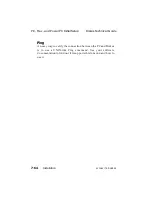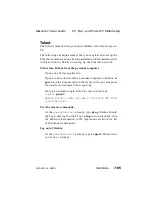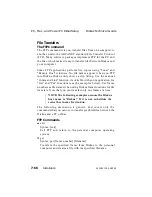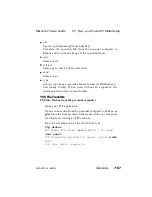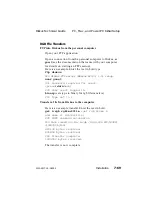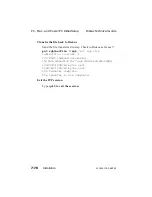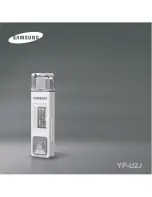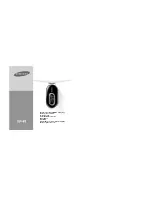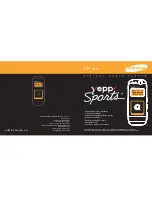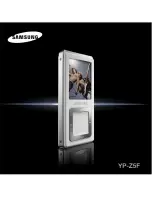
The key benefit of the tar file format is that users can generate
Exabyte tapes on their computer that the disk recorder can read
directly. Also, Exabyte tapes generated on the DDR can be read
directly into the workstation.
This lets Diskus owners act as video service bureaus for
animation studios that cannot afford a disk recorder or VTR, but
need to generate animations for broadcast use. Diskus can also
read and write Exabyte tapes in the A60 file format using the
tara60 command.
The Unix mt command positions and ejects the tape. The Unix tar
and tara60 commands are used to create archives, extract
archives, and view the images on tape without having to record
them to disk. A unique Diskus feature is the way the disk recorder
lets you specify frames to be archived. On earlier Abekas disk
machines, archiving frames was always a linear process. You can
specify archives using frame numbers or partition names. For
example, you could specify a frame list to back up frames 100,
200, 50, 75, 300, and a disk partition named myclip.
Diskus can extract frames in two ways. Frames can be restored
linearly from the current position on disk (this is "raw" mode).
Frames can also be restored to the same location on disk that they
were originally recorded on. This is known as clip mode, and is
another feature unique to Diskus. Abekas VideoTools
, standard
with Diskus, lets the disk recorder look like a target device to a
Silicon Graphics Indigo workstation.
SCSI-2 Diskus
Technical
Guide
7-76
Installation
9100-0217-02 - SEP 95
Summary of Contents for Diskus
Page 1: ...Diskus Digital Disk Recorder Manual ...
Page 477: ...NOTES Diskus Operations Index 9100 0217 02 SEP 95 Index xvii ...
Page 478: ...NOTES Index Diskus Operations xviii Index 9100 0217 02 SEP 95 ...
Page 479: ...NOTES Diskus Operations Index 9100 0217 02 SEP 95 Index xix ...
Page 480: ...NOTES Index Diskus Operations xx Index 9100 0217 02 SEP 95 ...



